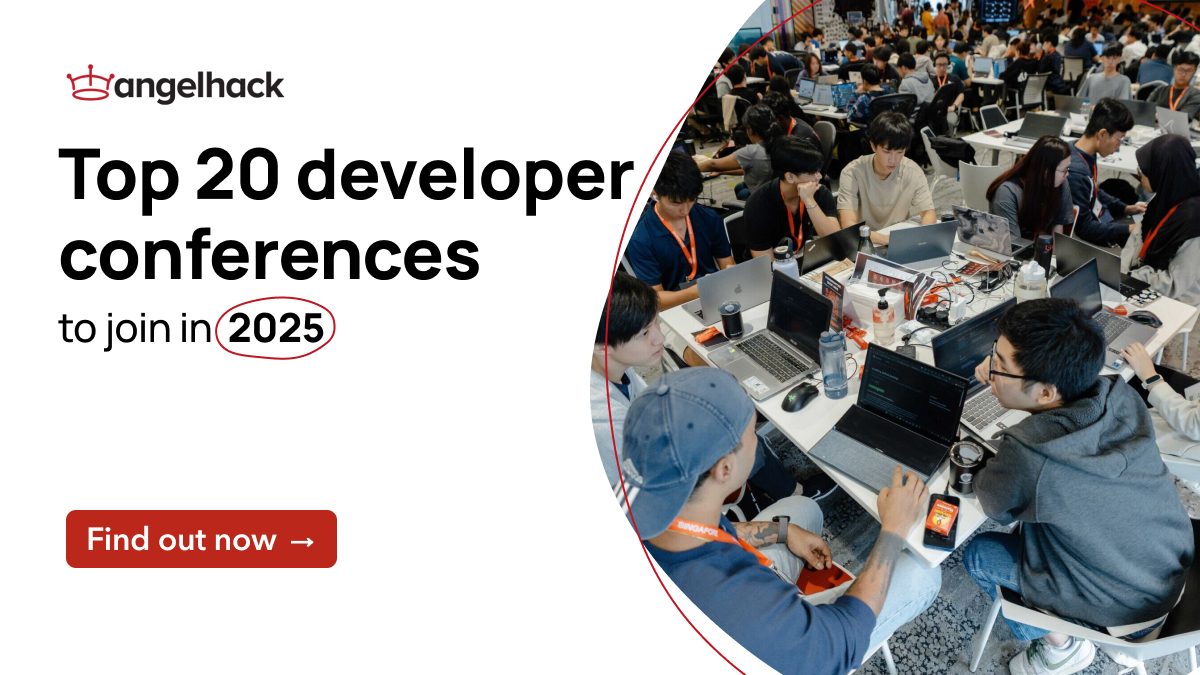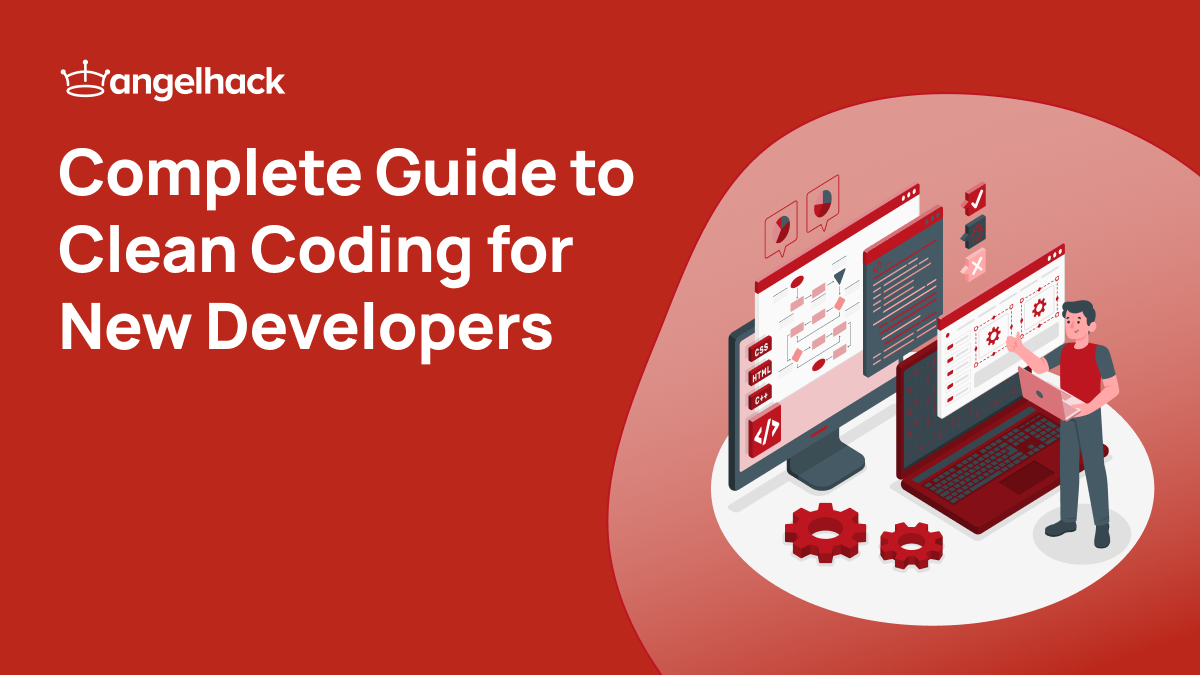Guest Post By: Rafael Medeia Pinto
With a background in business consulting (~7 years), I have dedicated most of my working life in Software Delivery, Strategy & Operations and others. In the consulting industry I would be considered a “Unicorn Profile”, known for its multi-disciplinary skills with a keen ability to practically execute what is needed. It is also recognized for its natural curiosity to engage in exploratory thought.
Right now I dedicate most of my time to my Software Development company Leadsystems, where smart products are built to manage and grow businesses.
In 2015 I started to get involved in hackathons by taking on the role as Mentor and Judge on 5 separate occasions, in Europe and Latin América. During my time in hack environments I have observed several practices that will make teams stand-out. So in this article, let me share with you the key building blocks I have compiled with my experience in AngelHack.
3 Elements to Focus on as a Hacker
In a Hackathon, the teams have a goal to develop a software based product that convinces the jury, through a 2-3 min short pitch, that it will be successfully marketable. The development can only be finished in 48 hours.
Challenging right? One thing was clear, the teams will need some guidance.
In that chaotic environment future entrepreneurs were going at it, there is always a lot of confusion with what to do, how or where to start.
As a rule of thumb, there are 3 main things the teams should be focusing on.
Putting Together a Business Model
“Startups don’t fail because they lack a product; they fail because they lack customers and a profitable business model.” – Steve Blank
The business model is the backbone of a successful product, and one of the most challenging parts of the hacking experience. It was surprising to me how many teams decided to wing it when it came to deciding what the product would be about. Some of which was rooted on a lack of experience on landing the idea and/or just unaware of the process.
In most cases the teams were able to move on to development in the first 12 hours of the hackathon, but in extreme cases it could even take 36 hours to settle on what was going to be built. As a Hacker you wouldn’t like to be in a position where you only have ~10 hrs to build a killer code and pitch.
Some actions you can take to unburden yourself with the pressure of figuring out a business venture is to come prepared with specific ideas, preferably already agreed with the team, and also focus on products that relate to the team’s domain of experience.
From here it takes us to my second point, which is…
Connecting with Hackathon Staff is Key
During the event, the team not only has to focus on building a product, but also to start building some rapport with the staff (Mentors, Judges, Recruiters, etc.).
It is common for teams to isolate themselves and focus 100% on their product, and I work for some. However you miss the chance to validate your ideas and practice your pitch with experienced professionals.
So many times I have encountered great teams that just lack a better story or just aren’t able to get their points across the jury.
My proposition would be to dedicate time to build relationships in the event, most of the staff is there specifically to help the teams. Once you start building that rapport, there is a higher chance to be in a winning position, just for the simple fact that Mentors/Judges/Recruiters might remember the product. That counts a lot in the whole decision making process for the top winners.
Team Effort
“Talent wins games, but teamwork and intelligence win championships.” – Michael Jordan
Last but not least, team collaboration!
Ideally every single participant needs to fulfil a product role. No team benefits from slackers that fail to contribute any value to the challenge.
Whenever you are building a team or already come with an assigned team, look to complete the team with at least the roles of the following:
- Product Owner: The one in charge of owning all aspects of what the product should be working on, ideally it will be based on the knowledge the role has on the customer and industry.
- Scrum Master: Also known for its great facilitation skills, helps all stakeholders follow-up on their activities ,complete all the tasks that could help validate the business model and whatever the team needs to keep coding.
- Development Team: These are the members who will be involved in creating the product, which is usually a developer, tester and/or designer.
As you can see there aren’t many roles, and the best thing about it is that you don’t need that many. That is the beauty about agile teams, it’s all about building a product that works as fast as possible. It is recommended to use Scrum / Kanban frameworks to keep order on the development backlog.
Thanks for reading — and if you liked this, do make sure to share this with your hacker friends and subscribe to our newsletter to receive more of such interesting insights. If yo wish to learn more about AngelHack and what we offer, contact us and we’ll be more than happy to guide you through.
A passionate business & agile enthusiast delivering IT/Strategy solutions for sales and supply chain operations. With 5+ years of experience in systems and operations consulting, Rafael has been part of 100+ projects devoted on diagnosing, designing and executing business solutions for various industries; including consumer goods, retail, liquor & spirits, supply commodities, automotive and so on, mainly in Mexico, Spain and Portugal.



